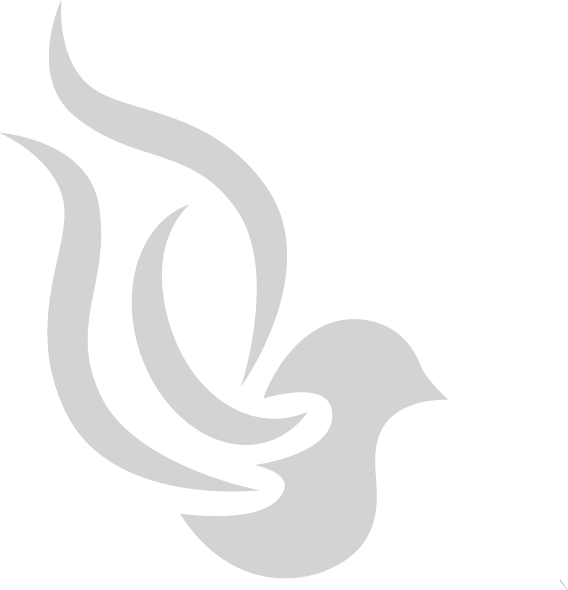Abe Ghaffari, founder of ICI, was born in a small town in northeast Iran in 1945. There was no Christian witness there at that time. All he had heard about Christ and Christianity was the Islamic misinformation preached by the Muslim clergy. For example, he heard from the local Muslims that Christians believe Jesus is the physical son of God. This is blasphemous in Islam. He was also told that Christians believe in three gods. Additionally, he was told that Christians had changed and corrupted their Bible, particularly the part that in the original version had proclaimed that after Jesus prophet Muhammad would come as the next apostle of God.
As a teenager, Abe was a fairly good Muslim. He performed the Islamic daily prayers and fasted during the month of Ramadan. However, after practicing for a few years, Abe was very disappointed with it. He observed that Islam had no power to change him to a better person. He still lied, cheated and his heart was filled with hatred and a feeling of anger toward other people who had wronged him in the slightest of ways.
